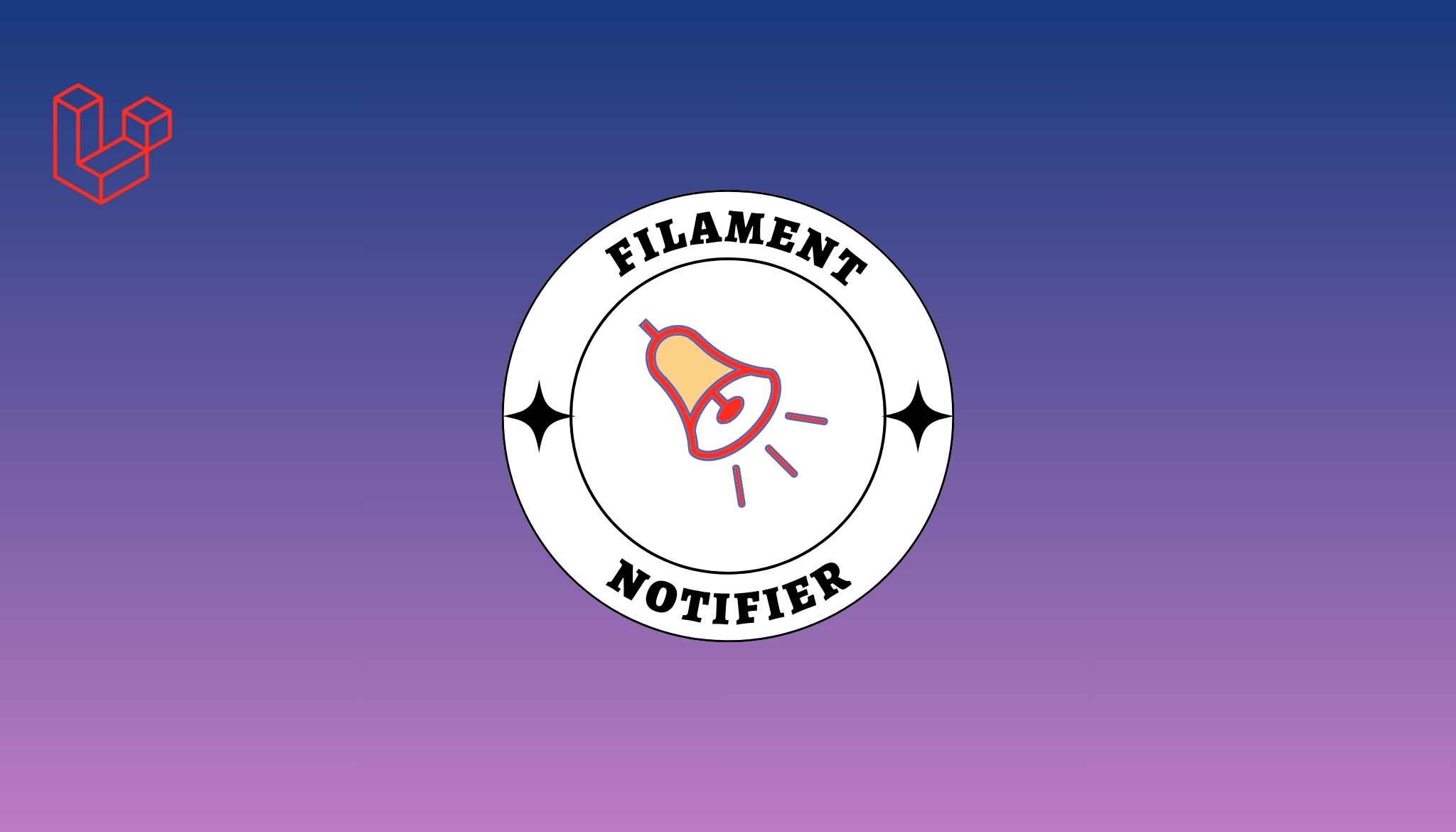For startups, it can feel insurmountable. When you have no clients, no reviews to leverage, no referral partners to spread the word, or brand recognition to be top-of-mind to a prospect, getting over the first hurdle is much more difficult.
In addition, most startups have a limited marketing budget, so they can’t afford to throw a lot of money into pricey client acquisition strategy.
You CAN build a business from zero clients, $0, and zero referral partners – all it takes is bringing in the first 10. Here’s how.
The Client Acquisition Process
Client acquisition is the process of attracting new prospects and turning them into paying clients. As a form of marketing, it uses specific techniques and methods to target, engage, and motivate prospects to choose to sign on as a client. Client acquisition strategy should be repeatable, so it acts as a framework as your business scales and you turn 10 clients into 10,000 clients.
Client acquisition is similar to marketing, but it’s entirely driven by bringing in clients, and in turn, boosting revenue and growth.
How to Attract the First 10 Clients
Building a business from scratch is incredibly challenging, but well worth the effort when it succeeds.
If the idea of turning your $0- and zero-client business into a million-dollar business feels overwhelming, make it smaller. Going from zero clients to 10 clients sounds more doable, and it’s all you need to get the momentum.
Refine the Target Audience
The audience should always be the focus of your client acquisition strategy. You need to have an in-depth understanding of their needs and pain points, so you can create targeted messaging that can position you as the solution.
For businesses with a wide focus, such as service-based businesses and law firms, that can be difficult. For example, law firms often have departments and multiple practice areas, such as car accident injury law and family law. The audiences are different for these two practice areas, so they need to be segmented to ensure the messaging resonates with them.
Communicate Your Value
All potential clients come to businesses for a solution to their problems or needs. You have to show them that you can be the solution they’re looking for. Maybe they need car repairs, or a family lawyer, or business analytics technology, or an HVAC technician – no matter what, they have to see the value your business has to offer them.
You can achieve this through messaging. Discuss the benefits of your product or service (not just its features!) and how they have real-world value. Show clients how these benefits fit into their lives and how they can improve their problems, rather than just touting the bells and whistles.
Offer Exceptional Content
Content is a must for any modern business. It can be used to boost brand awareness, recognition, and trust, and all in a way that’s organic and less pushy than traditional advertising methods. Blog posts, video spots, infographics, ebooks, case studies, and in-depth articles can be used to address common questions and provide important information without coming across as sales.
Consider how prospects find information. Many will first perform an internet search and come across a blog or article that answers their question or expands on the topic they searched. If this content is relevant to their search and they find answers, they may look for more information from the same source. Then, when it comes time to make a decision, you’re the first brand that comes to mind.
Build Your Subscriber List
Email marketing is a valuable marketing method, even if it’s been around for a while. Building an email list takes a while, but it’s worth it to have a list that you own. Avoid temptations like buying an email list or using other shortcuts – you want an email list composed of people who fit into your audience and want to hear from you.
Once you have a list of subscribers, you can send them content, promote new products or events, or offer discounts and incentives in exchange for feedback. There’s virtually no limit to how much you can do with your subscriber list, so make sure you have a signup on your website to start getting those addresses!
Ask for Feedback
Client feedback is important for refining your strategy and processes to provide better client service. Once you get your first few clients, be sure to ask for reviews and testimonials. You’ll not only have social proof that helps others trust you, but you can get recommendations and constructive criticism to service your next clients more effectively.
Leverage Your Network
Your first clients may not be total strangers you nurtured on the internet – they could come from your existing network. Friends and family are often the first ones to give a new business a shot, and they hold just as much value for your future prospects.
Always be ready with your elevator pitch (when appropriate!) and consider the possibility that you may get a client from a friend of a friend, former classmate or coworker, or a chance encounter. Take advantage of opportunities to talk about your business, so you’ll get your name out there for the next time someone you know needs a new plumber, child support lawyer, or contractor.
Turn the First 10 Clients into Future Business Growth
Getting your business off the ground with no momentum and minimal marketing budget is probably one of the most difficult hurdles you’ll face, but you can overcome it with a solid client acquisition strategy. Once you get your first 10 clients, you can turn that into another, and another, and another, until you have a thriving business. Best of all, you built the strategy from scratch, so you can use it to scale and continue your client acquisition – no matter how big your business gets.



